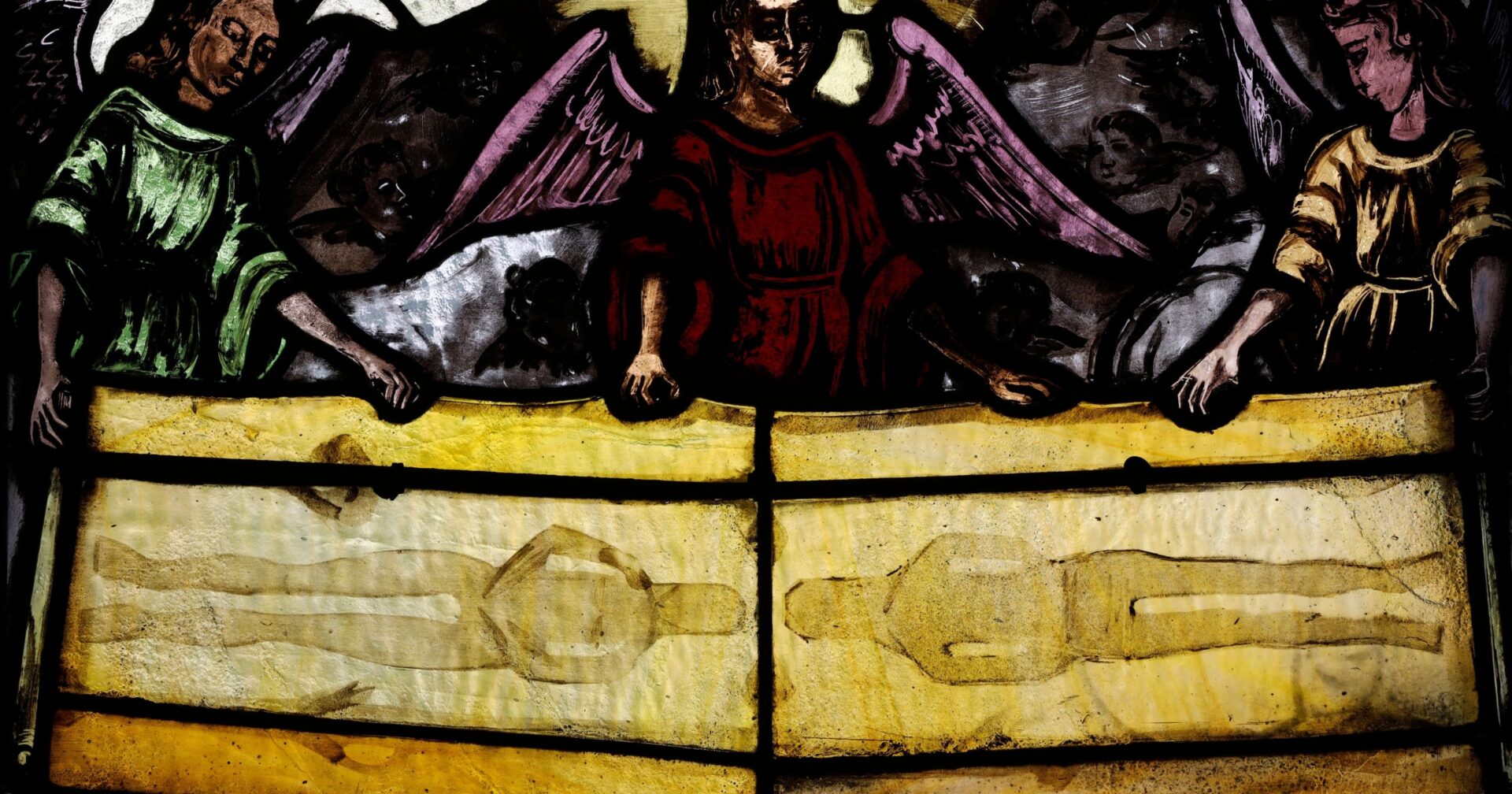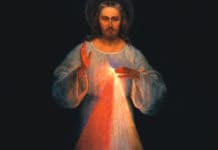The Shroud of Turin is believed by many to be the burial cloth of Jesus Christ.
It has long been the subject of debate and investigation among historians, scientists, and people of faith. Some view it as a symbol of Christ’s death and resurrection, while others believe in its authenticity based on various studies supporting this claim.
French historian Jean-Christian Petitfils is among those convinced of the shroud’s authenticity, having spent 40 years studying it.
His comprehensive investigation, which analyzed all previous studies on the shroud including the controversial carbon-14 study that cast doubt on its authenticity, was recently published in a book titled “The Shroud of Turin: The Definitive Investigation.”
This has reignited the debate surrounding the shroud, particularly with the upcoming recreation of Christ’s body based on the shroud set to be unveiled at Salamanca Cathedral in Spain.
NCRegister asked Petitfils what convinced him of the authenticity of the Shroud despite scientific challenges, including the carbon-14 analysis indicating a medieval origin.
The historian was initially surprised by the results of the 1988-89 carbon-14 analysis, which dated the Shroud to the Middle Ages, because they contradicted previous research indicating a relationship between the Passion of Jesus and the shroud, as well as the perfect correspondence between the iconography of Christ and the face on the shroud. The STURP research group’s 1978 analysis, including microchemical tests and various forms of microscopy, also indicated that the shroud was not a medieval forgery. The raw data from the carbon-14 study also showed significant discrepancies and statistical analysis indicated only a 1% chance that the samples came from the same tissue. Traces of fungus and calcium carbonate, as well as modern threads used to repair wear on the linen, were also found in the sample area. Subsequent dating methods, including analysis of the twisting of the linen and X-ray comparison with a cloth from the first century, all support the authenticity of the shroud. The historian therefore concludes that the authenticity of the Shroud of Turin can no longer be disputed.
They also asked Petitfils his response to the argument that the shroud’s authenticity is questionable due to gaps in its history.
He said there is a gap in the history of the shroud between the date of Easter in 33 AD, when it is said to have been discovered in the Holy Sepulchre, and the year 387-388, when it is believed to have arrived in Edessa. It was previously thought that there was also a gap in its history during the sack of Constantinople in 1204, but it is now known that the shroud was transferred to France and eventually to the Holy See in 1983. Historical methods do not support the authenticity of the shroud, but science does.















